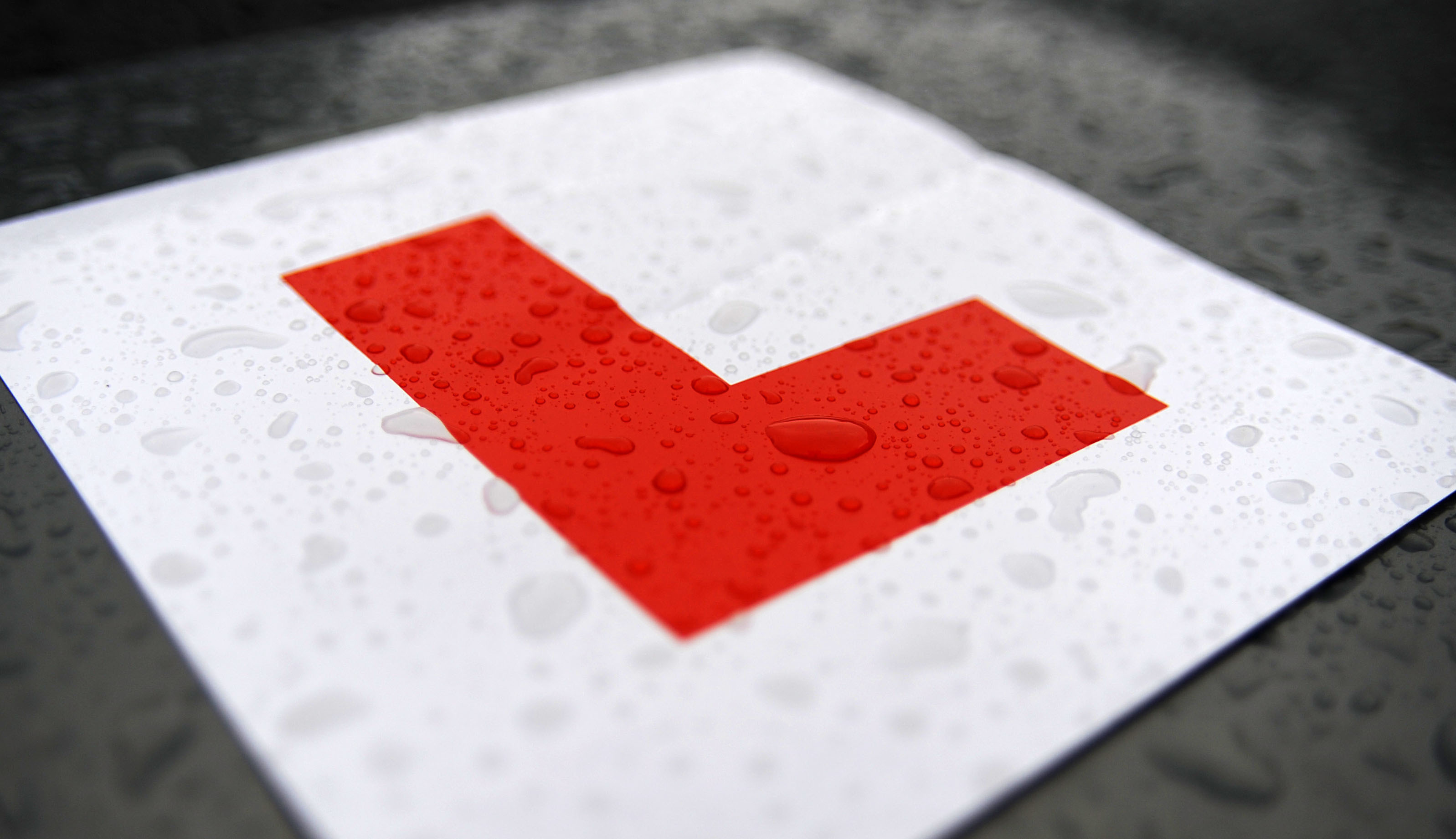
LEARNER drivers will be allowed to practise on motorways for the first time if a government plan to improve road safety is given the go-ahead.
Under current rules, first-time drivers make their way on to motorways after they pass their test, having had no training on the 70mph roads.
On Friday, transport minister Andrew Jones announced the plan, which would allow approved instructors to take “competent” trainees on motorways in duel-controlled cars.
RAC Foundation director Steve Gooding was among those to back the proposal.
He said: “The casualty statistics tell us that motorways are our safest roads, but they can feel anything but safe to a newly-qualified driver heading down the slip road for the first time to join a fast moving, often heavy, flow of traffic.
“Many are so intimidated by the motorway environment that they choose instead to use statistically more dangerous roads, so we welcome this move which will help new drivers get the training they need to use motorways safely.”
Plans also include motorcyclists having to take a theory test as part of the compulsory basic training (CBT) course, which allows the bikes, as well as mopeds, to be ridden unaccompanied.
CBT certificates will also be revoked if the motorist gets six penalty points if the proposal is approved.
Announcing the plan, Mr Jones said: “These changes will equip learners with a wider range of experience and greater skill set which will improve safety levels on our roads.”
News reports said the Government was considering making learner drivers undertake 120 hours of training before taking their tests, but the Department for Transport said there were “no current plans” for such a measure.
A spokeswoman said: “We have commissioned a £2 million research programme that will look at ways we can reduce the number of accidents involving new and inexperienced drivers, and this will look at a range of measures.”

Enjoy the convenience of having The Sunday Post delivered as a digital ePaper straight to your smartphone, tablet or computer.
Subscribe for only £5.49 a month and enjoy all the benefits of the printed paper as a digital replica.
Subscribe